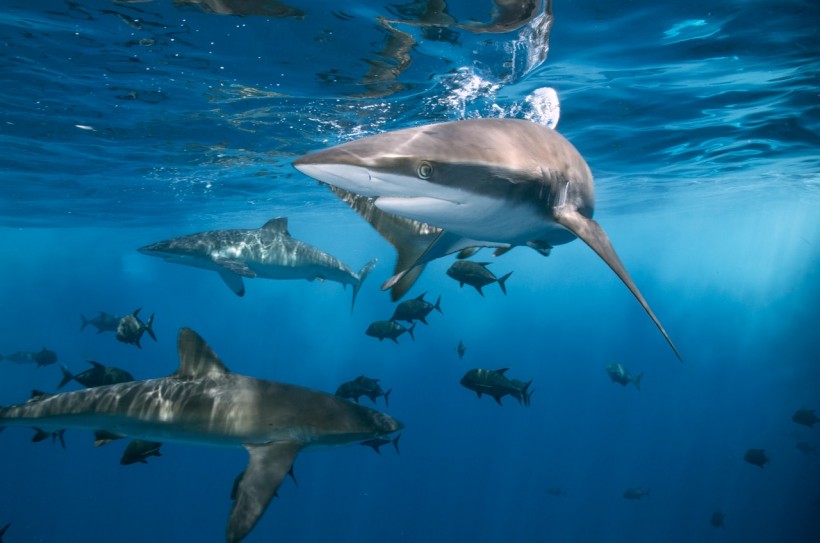Warmer waters equate to a hungrier ocean as far as fish predation goes. In a recent field study, Smithsonian scientists have discovered predator impacts in the Pacific and Atlantic peaks at warmer temperatures. The effects of the sudden uptick cascade down to transform various life in the ocean, potentially disrupting the balances that have long existed.
Higher Temperatures Equate to Higher Predation; Imbalances the Oceanic Ecosystem

Gail Ashton, the lead author of the study and a marine biologist with the Smithsonian Environmental Research Center, tells EurekAlert that it has taken thousands of years for the ocean to achieve its current state suddenly, human activity has been ramping up temperatures at a much higher rate.
Previous research has suggested that predation is more active in tropical regions because higher temperatures increase the metabolism of animals. However, empirical evidence from smaller studies was conflicting. Few studies tried to nail down the central inquest of how prey communities responded to the increase in pressure, which is believed to foreshadow what warmer oceans of the future will look like.
Director of the Marine Global Earth Observatory network by the Smithsonian and co-author Emmet Duffy explains that warmer waters often favor animals high in the food chain, which become more active and need more food - where it is their prey who pay for the ultimately increased activity. Adding that this may foreshadow how the warming seas brought by climate change and drastic changes in the global temperature could push for a big shift in the life of sensitive seabed inhabitants.
ALSO READ: Hot or Cold Temperature May Affect Your Amount of Sleep, New Study Reveals
Pole to Pole Predation; A Look Into the Predator-Prey Activity
A recent study published in the journal Science, titled "Predator control of marine communities increases with temperature across 115 degrees of latitude," took one of the largest views of predation activity to date. A team of international researchers led by the Smithosinain and Temple University coordinated with 36 partner sites, running along the Pacific and Atlantic coasts of the Americas. The sites spanned from the north of Alaska to the tip of South America in Tierra del Fuego. At each site, researchers performed the same three experiments on prey and predator.
The team's experiments showed that predators with more voracious appetites left outsized marks on the community of prey. Wherein the total prey biomass dipped in the tropics when prey was unprotected. On the other hand, in the coldest regions, leaving prey exposed made almost no difference, which suggests that predators did not pose much of a threat in lower temperatures.
Mark Torchin, the study's co-author and a marine ecologist with the Smithsonian Tropical Research Institute, Panama, says that based on previous work in the area, the team knew that predation in neotropics could be intense. Adding that, working with various colleagues across the Americas has allowed the team to test the generality of this phenomenon and evaluate how the effects of predation change in varying temperatures of the environment.
A recent study suggests that as the waters of the oceans get warmer and warmer, the appetite of predators also increases. A tipping point that can imbalance or permanently disables ecosystems across the globe.
RELATED ARTICLE: New Sorbent for Fastest Recyclable Carbon Capture System Reaches 99% Efficacy
Check out more news and information on Climate Change in Science Times.














